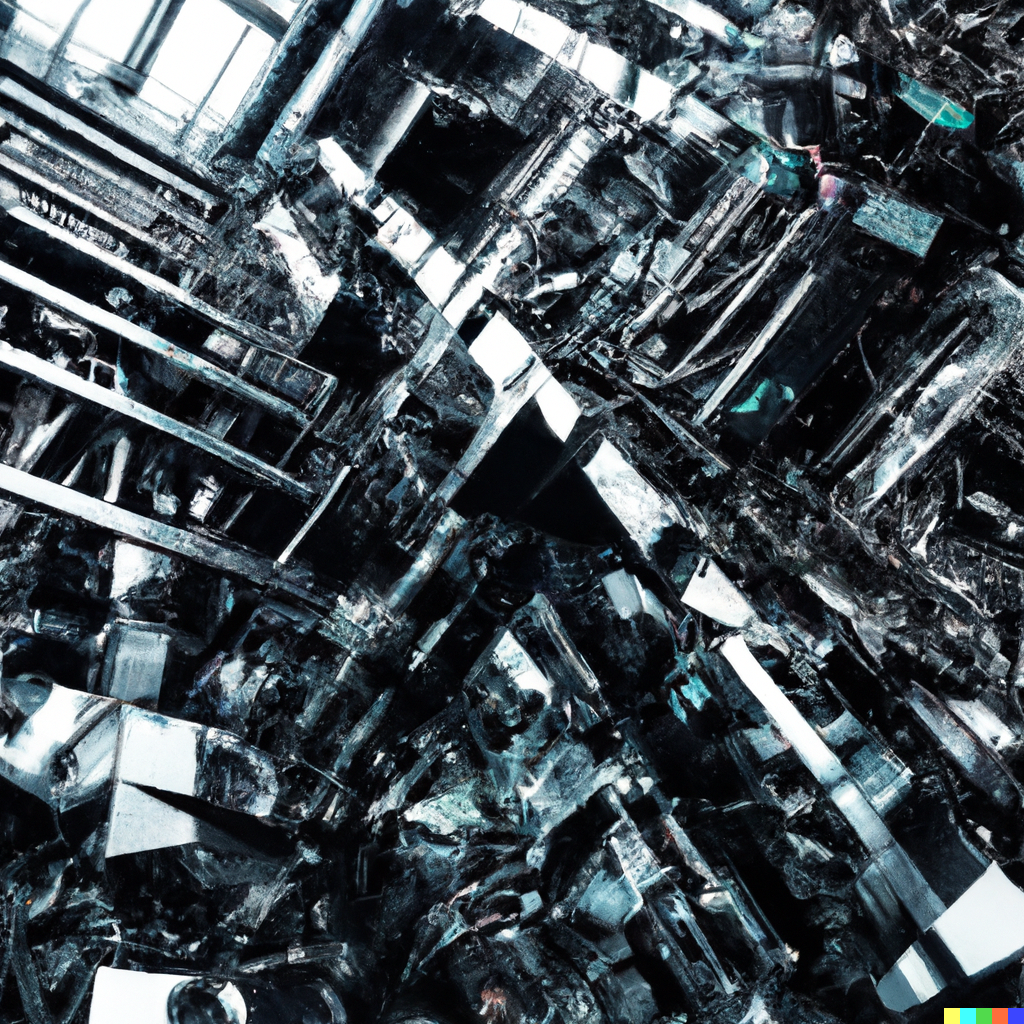Against the Norm: Othering and Otherness in AI Aesthetics

What are the links between science, aesthetics and episteme sustain-ing the large deep learning models known as AI image generators, such as Dall-e, StableDiffusion and Midjourney? Here I argue that these software systems are an expression of the normative power wielded by the industrial-cultural complex that funds, produces and disseminates them. This form of expression is what I call corporate AI aesthetics or, in short, AI aesthetics. My argumentation begins by defining the particular kind of aesthetics that AI image generators yield and then journeys through the enforcement of neoliberal knowl-edge they contribute to. Through the lens of cultural criticism and anticolonial scholarship, I try to develop a critique of AI aesthetics as soft propaganda for the Global North. In this sense, AI aesthetics dis-seminates a techno-deterministic view where anything that is or can be made countable, like human creativity, can be predicted, hence, controlled. To this end, I discuss the cultural and technical produc-tion of AI artefacts, emphasising its dependence on an abstraction of labour, the reinforcement of biases in visual culture and the deceit of art market speculations. The discussion leads to observe what AI aes-thetics detracts attention from: an understanding of artistic intention as a form of collective otherness; that is, artistic intention not as the will of an inspired individual or a powerful AI system, but as the flow of relations among human and non-humans, existing across genera-tions, cultures and geographies. Such a relational ecosystem becomes manifest in the analysis of two artworks, by Jonathan Chaim Reus and artist group AIseeds Project, that are representative of an affirma-tive, critical and culturally situated approach to deep learning.
Visit publisher